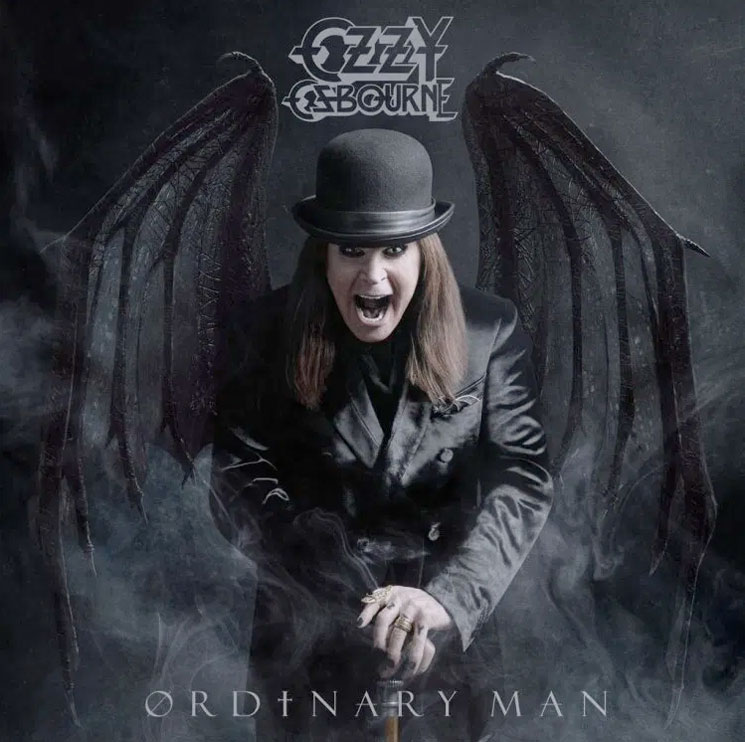This month, Canadian singer-songwriter Joni Mitchell’s Blue celebrated its 50th anniversary. The fourth studio record from the music icon was initially met with tepid reviews, peaking at No. 15 on American charts. But over time, Blue garnered the praise it always deserved, ensconcing itself among the greatest albums of our musical canon.
The roots of Mitchell’s 1971 Blue writhe through the post-war era. Still in her mid-20s, she had already endured a polio epidemic, left her home in the Canadian prairies, found love, born a child, been abandoned, and felt the greatest sorrow a mother can conceive: Unable to raise her daughter, she had given her up.
It was these deeply personal experiences that became the foreground for Blue. Speaking about the album in 1979, Mitchell said that “there’s hardly a dishonest note in the vocals. At that period of my life, I had no personal defenses.”
If records are canvases upon which artists imbue their creative vision, then Blue, for Mitchell, was a mirror. It reflected not only her life’s journey but also her indomitable character, and it abandoned artifice for something far more interesting: authenticity.
On the B side’s leadoff track, “California,” Mitchell asks the listener, “Will you take me as I am?” Written during her travels in Europe, the song evokes a sense of longing for home. Channeling her homesickness, she sings, “Still a lot of lands to see / But I wouldn’t want to stay here / It’s too old and cold and settled in its ways.” Pairing her melancholy lyrics with a bright, hooky riff on Appalachian dulcimer, Mitchell leaves you feeling both happy and somber.
Unique sounds such as the dulcimer colored Mitchell’s melodic signature from her earliest days as a folk singer. Having survived a childhood bout with polio, she was left physically unable to play barre chords spanning across the fretboard. Tinkering with this challenge soon led Mitchell to the world of open guitar tunings, years before Keith Richards or Neil Young would popularize such styles, which gave her music an inimitable flare.
Two years prior, on Clouds, Mitchell sang about seeing love and life “from both sides now,” conceding that despite her experiences, she still knew little about either — a consequence of her youth. On Blue, she revisits these themes, delving deeper and divulging her tales of youthful romance and heartbreak, of feeling lonely and homesick.
On the opening track, “All I Want,” Mitchell’s dulcimer immediately grips your attention as her high-flying vocals enter the mix: “I am on a lonely road, and I’m traveling.” She juggles contradictions, “Oh, I hate you some, I hate you some, I love you some.” Not knowing what she wants, she proffers, “Looking for something, what can it be?” It’s only at the end of the song that she admits, “Looking for the key to set me free.”
Freedom was what Mitchell would doggedly pursue throughout her life. Constantly clashing with record labels, she refused to work with producers, calling them “babysitters.” In a 1974 interview with Maclean’s magazine, Mitchell described freedom as an artist as “the luxury of being able to follow the path of the heart.”






